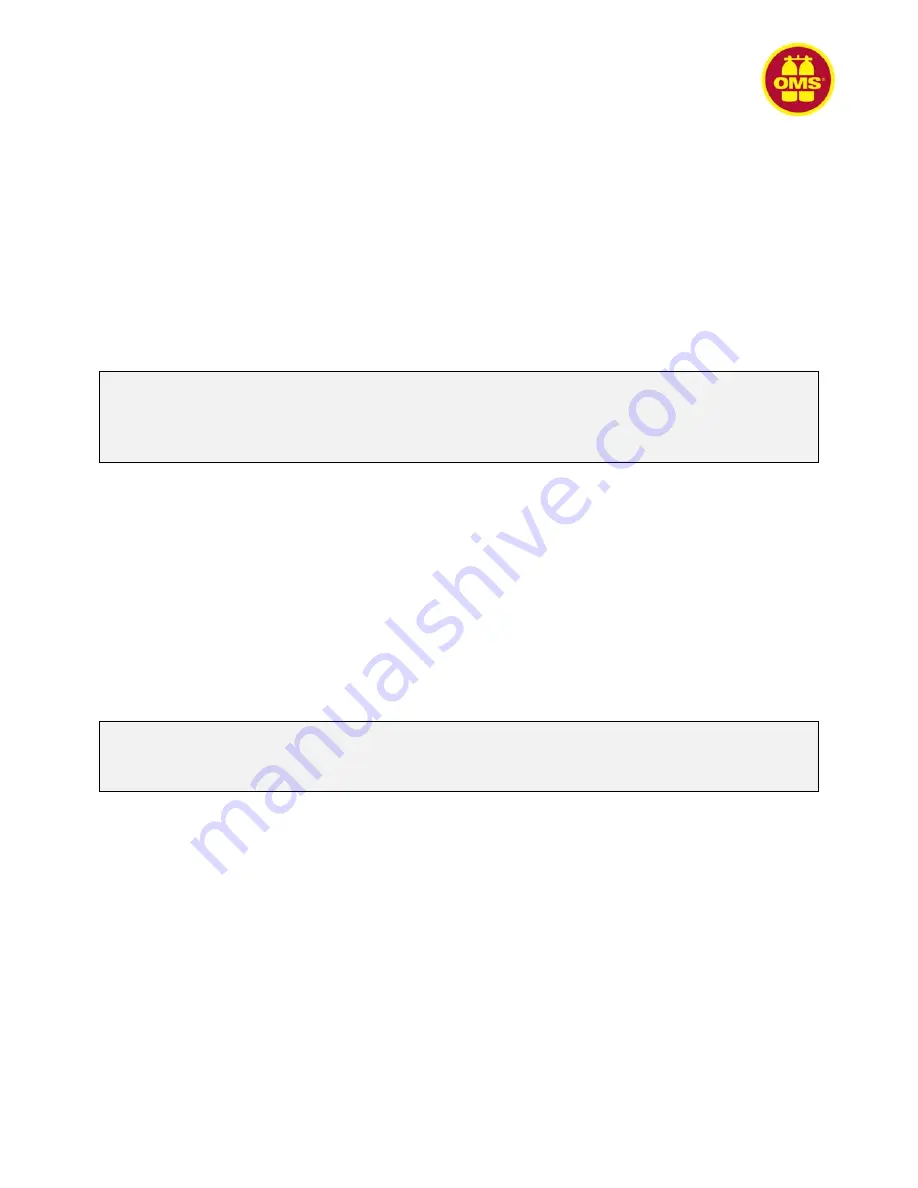
Ocean
Management
Systems
GmbH
Klosterhofweg
96
41199
Mönchengladbach
oms
pvalve
manual
110216.docxoms
pvalve
manual
110216.docx
thigh
to
mount
the
valve
on,
either
the
left
or
right.
For
men
it
is
simply
how
do
you
wear
your
pants
“dressed
left”
or
“dressed
right”?
For
women
it
is
more
a
question
of
personal
preference
and
divewear
features.
This
preference
dictates
the
preferred
thigh
for
valve
placement
and
once
this
decision
has
been
made
there
are
two
additional
factors
to
consider.
The
first
is
the
position
of
the
valve
on
the
thigh
and
the
second
is
the
planned
routing
of
the
connection
tube
between
the
valve
and
the
external
catheter.
Is
the
routing
straight
up,
so
that
the
connection
hose
passes
though
the
base
of
the
undergarment’s
zipper
or
if
routed
at
an
angle
so
that
it
can
pass
though
the
P
‐
Valve
connection
tube
ports
built
into
the
undergarments.
Sometimes
these
ports
are
up
by
the
base
and/or
the
side
of
the
zipper
and
other
times
they
are
located
on
the
thigh
of
the
undergarment.
To
optimize
these
decisions,
it
is
best
to
start
by
dressing
out
in
your
undergarment
and
any
other
items
to
be
worn
under
the
undergarment
so
that
the
routing
of
the
connection
tube
can
be
established.
It
is
critical
that
the
connecting
tube
does
not
make
any
sharp
turns
which
could
kink,
which
could
restrict
or
block
flow.
After
the
routing
placement
and
connecting
hose
angle
has
been
determined,
don
the
drysuit
and
mark
the
P
‐
Valve
position
with
chalk
or
a
wax
marking
pen.
An
additional
factor
to
consider
is
that
a
“good"
position
is
always
away
from
and
not
on
a
seam.
Cut
the
hole
in
the
drysuit
The
marked
hole
can
be
cut
with
scissors
or
punched
with
a
punch
and
hammer.
A
sharp
punch
produces
the
best
results.
The
ideal
hole
diameter
should
be
1
‐
1/2
inches
(38
mm).
When
punching
the
hole,
it
is
very
important
to
have
a
stable
punching
block
on
the
underside
of
the
layer
being
punched
through
to
ensure
that
the
underlying
suit
material
is
not
punched
through
or
damaged
in
the
process.
Some
suit
materials
are
quite
resilient,
therefore
it
is
recommended
to
hit
the
punch
with
several
blows,
without
lifting
the
punch
between
strikes.
Lifting
the
punch
can
lead
to
more
than
one
hole
and
partially
punched
holes
developing.
Installation
of
Bayonet
Base
Items
needed:
Bayonet
Base,
Retaining
Ring
and
Tools
Turn
the
drysuit
inside
out
before
proceeding
with
the
installation
of
the
valve
base.
You
want
the
suit
laying
out
in
such
a
manner
that
you
have
access
to
both
sides
of
the
punched
hole.
This
needs
to
be
done
so
that
a
proper
connection
hose
angle
can
be
controlled.
Before
finally
mounting
the
bayonet
system,
the
drysuit
and
the
parts
to
be
assembled
should
be
cleaned
and
free
of
grease
for
better
applying
Aquaseal®.
Cotol
240™
is
ideal
for
cleaning
these
surfaces.
The
sealing
surfaces
of
the
bayonet
base
can
be
lightly
sanded
to
improve
the
bond.
Remember
to
clean
after
sanding.



























